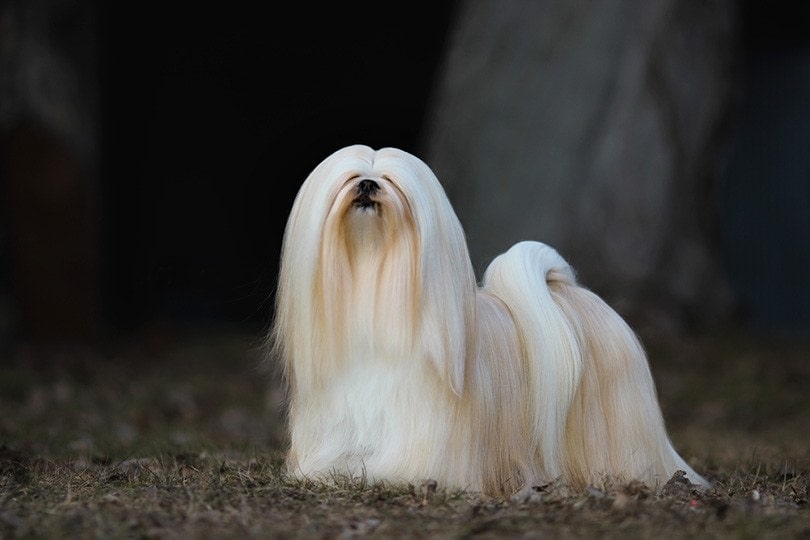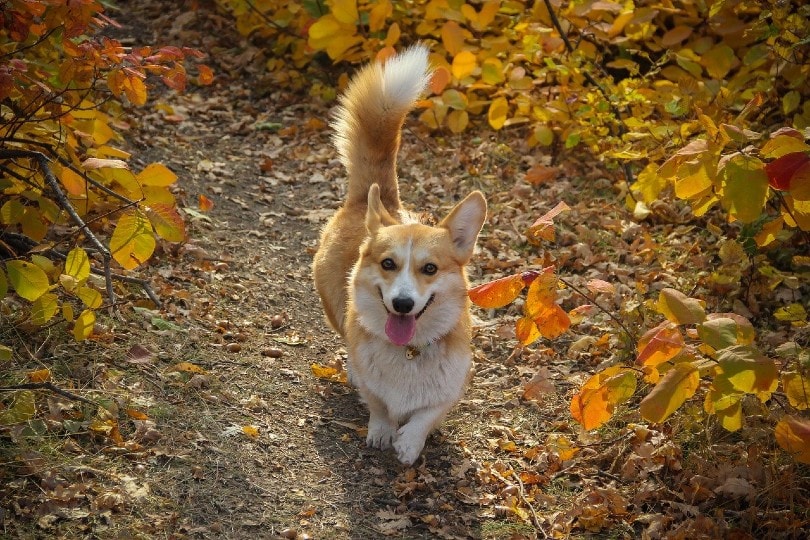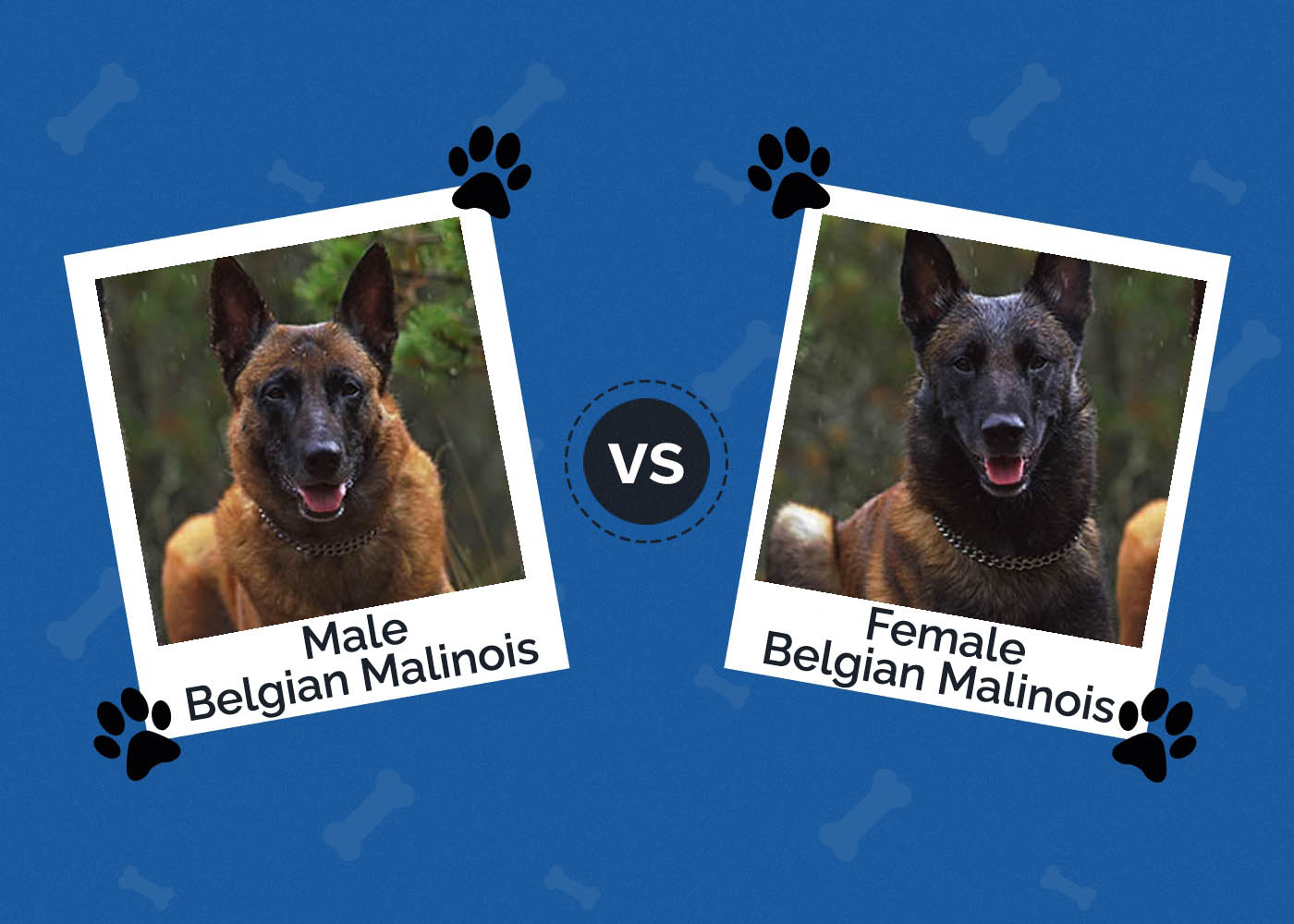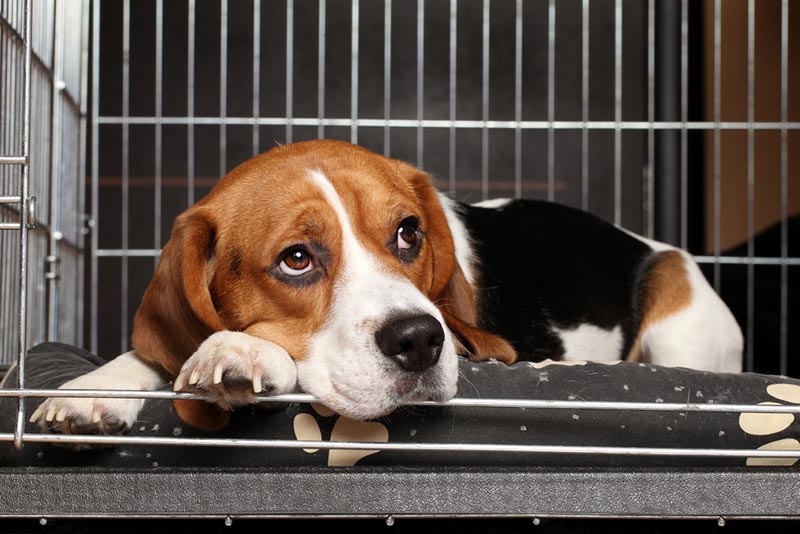How Strong Is a Belgian Malinois’s Bite Force Compared to Other Animals?
Updated on
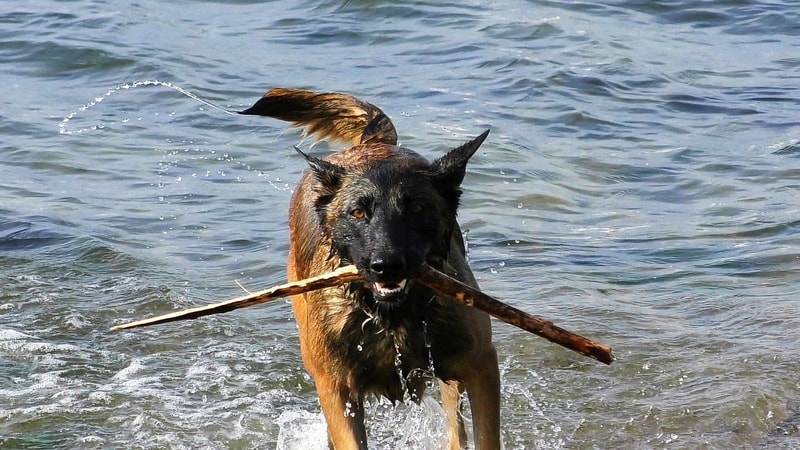
The Belgian Malinois is a working dog with a muscular body and a strong bite. This breed is extremely intelligent and can be trained as herding dogs, protection dogs, and even military combat dogs. They respond efficiently to commands and create strong bonds with their handlers and companions.
If you want to know how strong the Belgian Malinois’s bite force is, the short answer is that this breed’s average bite force is 195 PSI. But what does that mean, and how does it relate to the strength of the Belgian Malinois? Read on to learn everything there is to know about the Belgian Malinois’s bite force1
How Is the Belgian Malinois’s Bite Force Measured?
A dog’s bite force is measured in pounds per square inch, or PSI. The PSI gives us an idea of how much force is exerted per square inch of a surface when a dog, like the Belgian Malinois, bites down on that surface. Many things are taken into account when measuring a dog’s PSI, including the dog’s weight, their jaw size, the surface that they are biting down on, the angle at which they are biting down, and the hardness of the surface that they are biting down on.
Is the Belgian Malinois’s Measured PSI Accurate?
While studies have been done to measure the PSI of many different dog breeds, including the Belgian Malinois, they seem to only produce estimates and sometimes these are wrong. Note that the bite force of the front of the jaw is typically what’s measured, which may not accurately measure the maximum force that the back of the jaw is capable of.1 So, while the PSI of a Belgian Malinois’s bite force gives us an idea of how powerful their jaw and bite are, it does not provide an exact measurement. That said, PSI measurements are what most experts and organizations use as a guide.
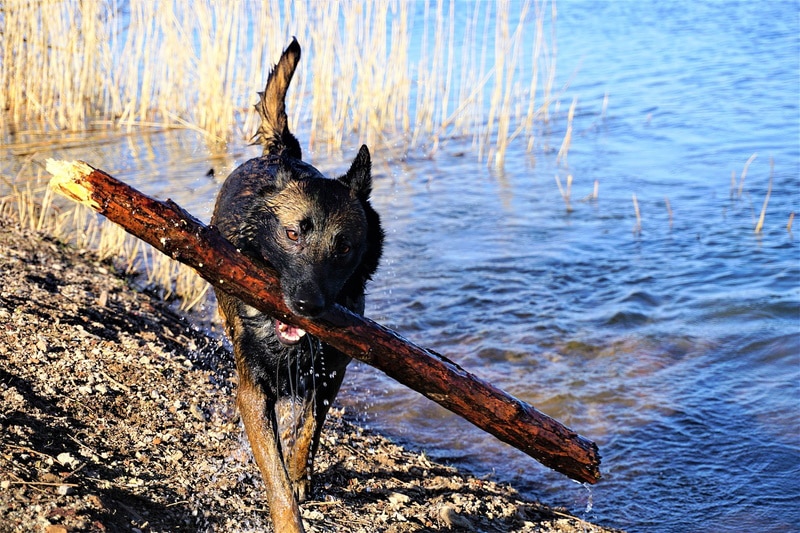
The Belgian Malinois’s Bite Force Compared to Other Animals
With a bite force of an estimated 195 PSI, the Belgian Malinois can do serious damage. However, there are other dogs and animals with a stronger bite force. Check out this comparison chart to get an idea of how this breed stacks up against other breeds and animals (including us!).
| Animal | Average Adult Weight | Average Bite Force |
| Belgian Malinois | 55 – 75 Pounds | 195 PSI |
| German Shepherd | 50 – 90 Pounds | 238 PSI |
| Rottweiler | 75 – 130 Pounds | 328 PSI |
| Labrador Retriever | 55 – 80 Pounds | 230 PSI |
| Lion | 280 – 420 Pounds | 650 PSI |
| Bear | 300 – 850 Pounds | 975 PSI |
| Human | 100 – 200 Pounds | 120–160 PSI |
Just because an animal has a higher PSI than the Belgian Malinois does not automatically make them “tougher” than this dog breed. Many things must be considered when comparing how “tough” and “strong” an animal is, such as their agility, determination, and will. It’s safe to say that the Belgian Malinois is strong enough to do damage to objects, other animals, and humans when they want to.
The 3 Ways That the Belgian Malinois Has Been Relied On for Their Strength & Agility
1. NYC Police Force in 1908
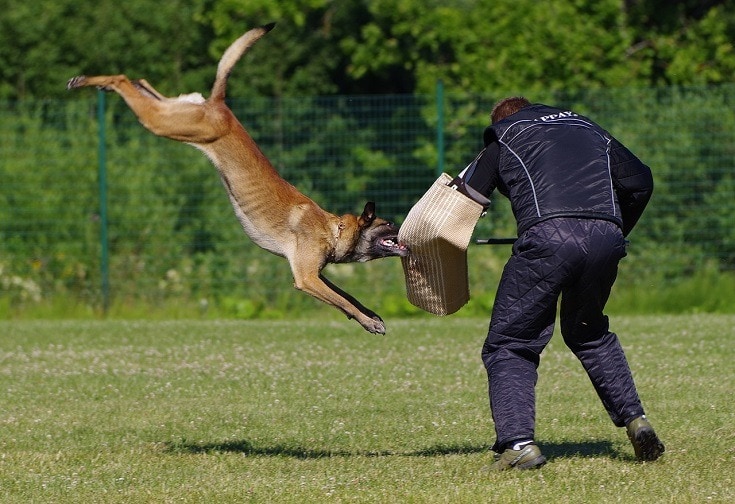
The AKC Gazette first mentioned the Belgian Malinois in 1908, when they were still relatively new to the United States. At that time, the NYC department decided to add five “Belgian Sheepdogs” to their force as police support. They have become popular among police forces throughout the United States ever since.
To this day, most dogs that work with the Navy SEALs are Belgian Malinois. One Belgian Malinois named Cairo helped the Navy SEALs take care of Osama Bin Laden. These dogs get their own set of body armor and gear, including night-vision goggles! This is important because, sadly, these dogs are not immune to the dangers of war.
3. Skydiving
Belgian Malinois like 3-year-old Rouse, a member of the Colombian Airborne Special-Ops Troops, are skilled skydivers that don’t buckle under the pressure of freefalling through the sky. Rouse is a rescue dog that is relied upon to reach places and complete tasks that are not easy or even possible for humans to do.
Conclusion
The Belgian Malinois is strong and sturdy and has a bite force of 195 PSI. They might not have the toughest PSI, but they can hold their own in various situations, especially when it comes to protecting their companions, whether at home or on the battlefield.
Featured Image Credit: Andy Faeth, Pixabay



